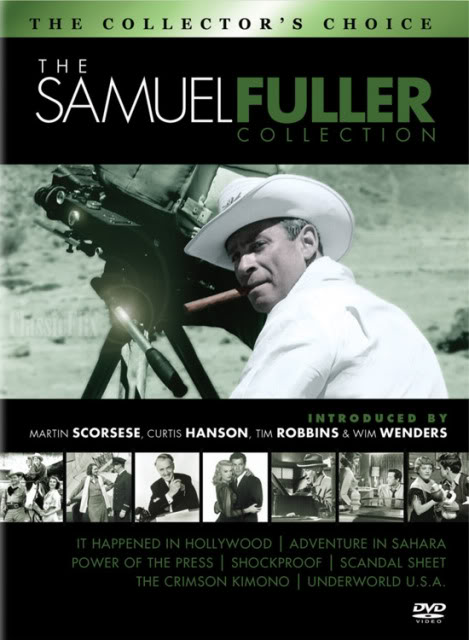
"The third pairing of Barbara Stanwyck and Fred MacMurray finds the duo in the midst of a messy, 3-D oater written by Niven Busch, whose novel The Furies had been adapted into the 1950 film also starring Stanwyck, a far superior film than this dusty reunion proves to be. Problems arise as soon as the credits finish rolling, with MacMurray reprising his hardboiled sneer for a voice-over narration that reminds of Double Indemnity but with none of the pulpy bite. He is in jail for “moonlighting,” that is, roping and stealing cattle by moonlight. While the crime wins the respect of many for the necessary lassoing skills, it angers even more. As he calmly chain-smokes on his bed, a lynch mob gathers outside his cell intent on putting a noose around his neck..."
Read my full review of The Moonlighter here at Not Coming to a Theater Near You.







